What is a BSC – Biological Safety Cabinet?
For several years now, in our microbiology laboratories, Biological Safety Cabinets have been replacing our old Bunsen burners.
Why? Certainly not because of the rising gas prices, but rather for safety reasons (fire burns… apparently) and performance.
But what exactly is a BSC?
The
Best
BSC
Discover the best BSCs for microbiology
We polled the SuperMicrobiologists.
Here are their favorite brands of BSC
The different classes of BSCs
A Biological Safety Cabinet (BSC) is an enclosure that ensures the protection of the operator from contamination risks coming from the samples. For some BSCs, the sample can also be protected from external contaminations.
There are 3 classes of BSCs, which provide varying levels of protection for the operator and the sample:
BSC Class I
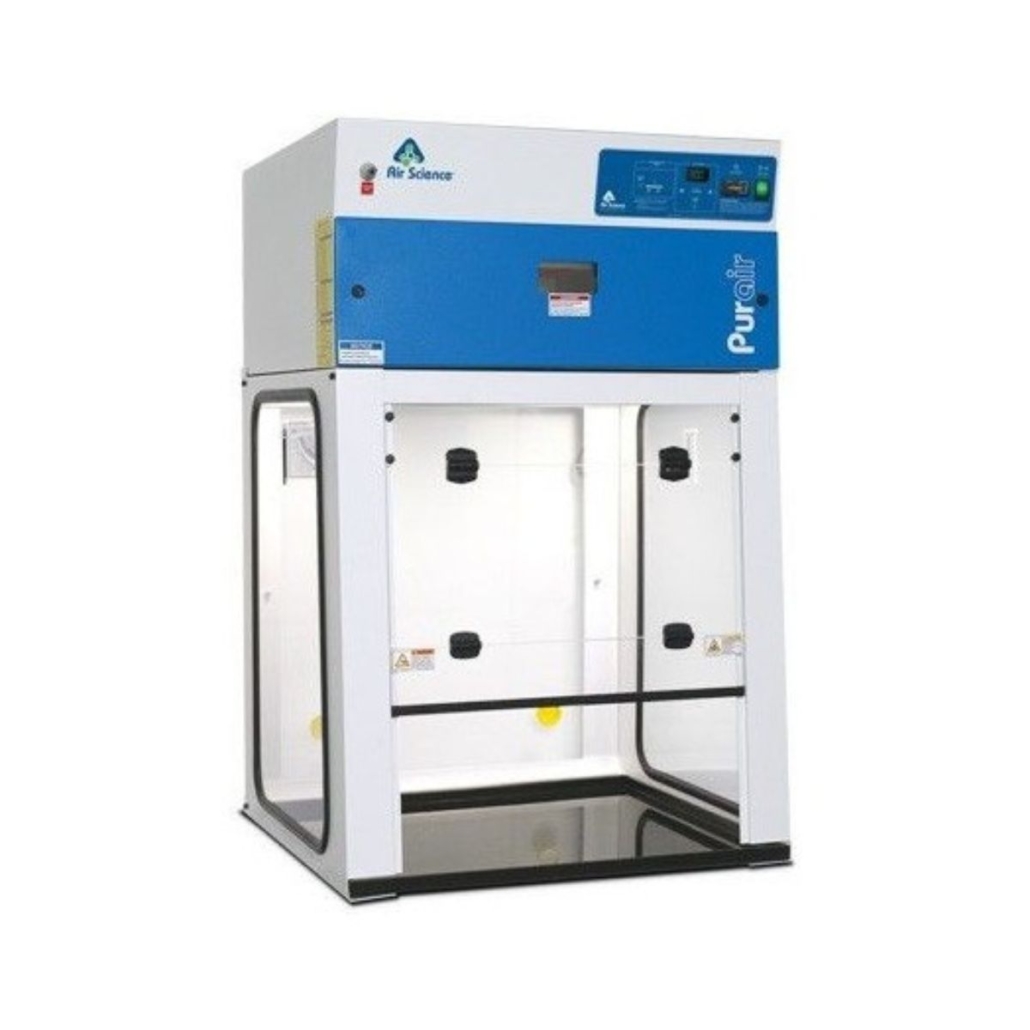
Class 1 BSCs only protect the operator (and their environment – the lab). They do not protect the sample from potential contamination at all.
Today, it is very rare to come across a Class I BSC in microbiology laboratories.
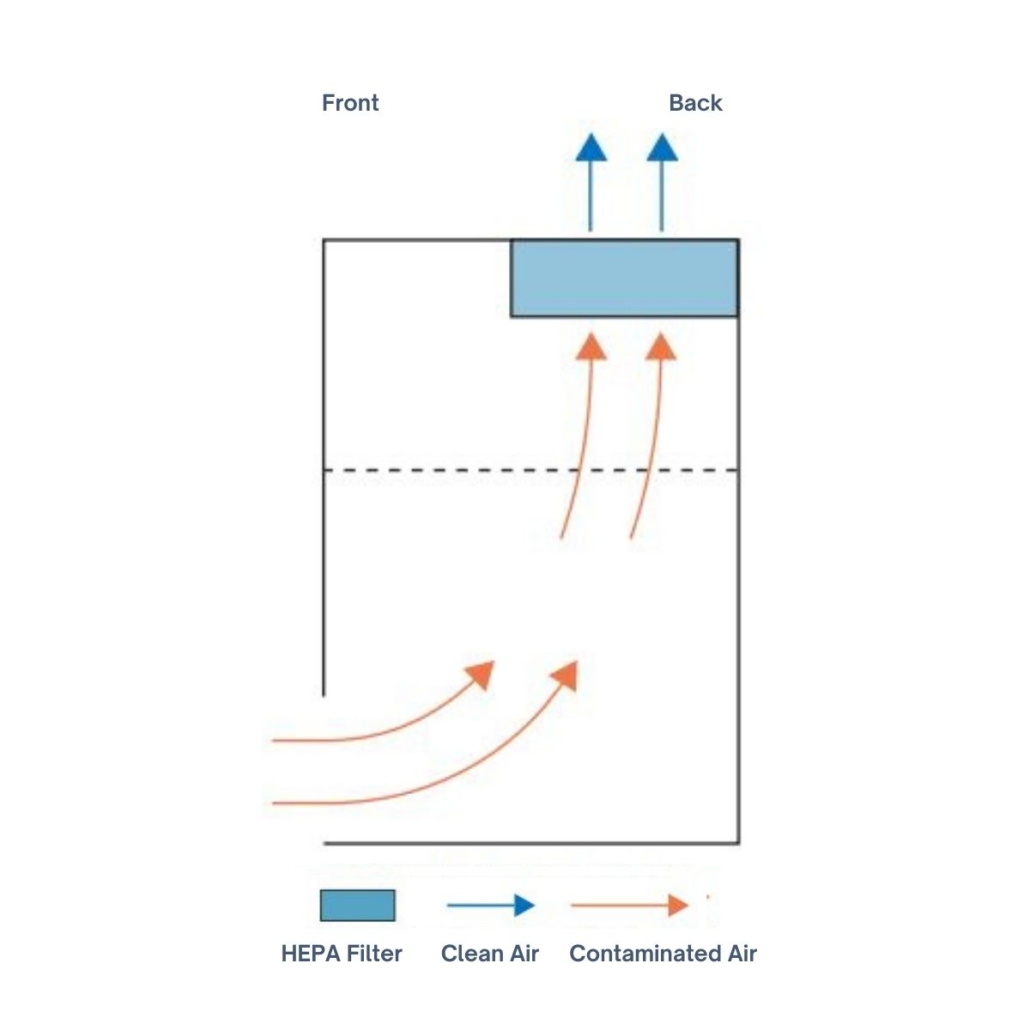
BSC Class II
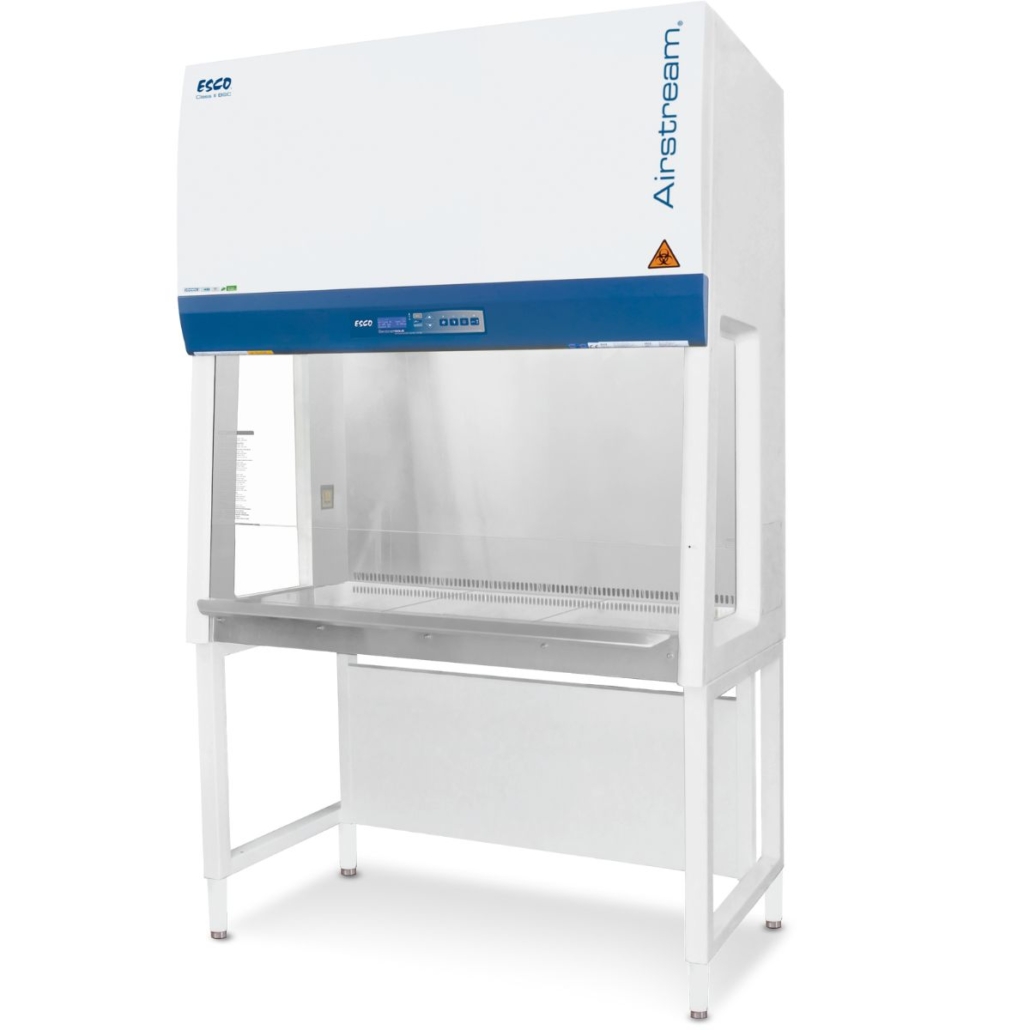

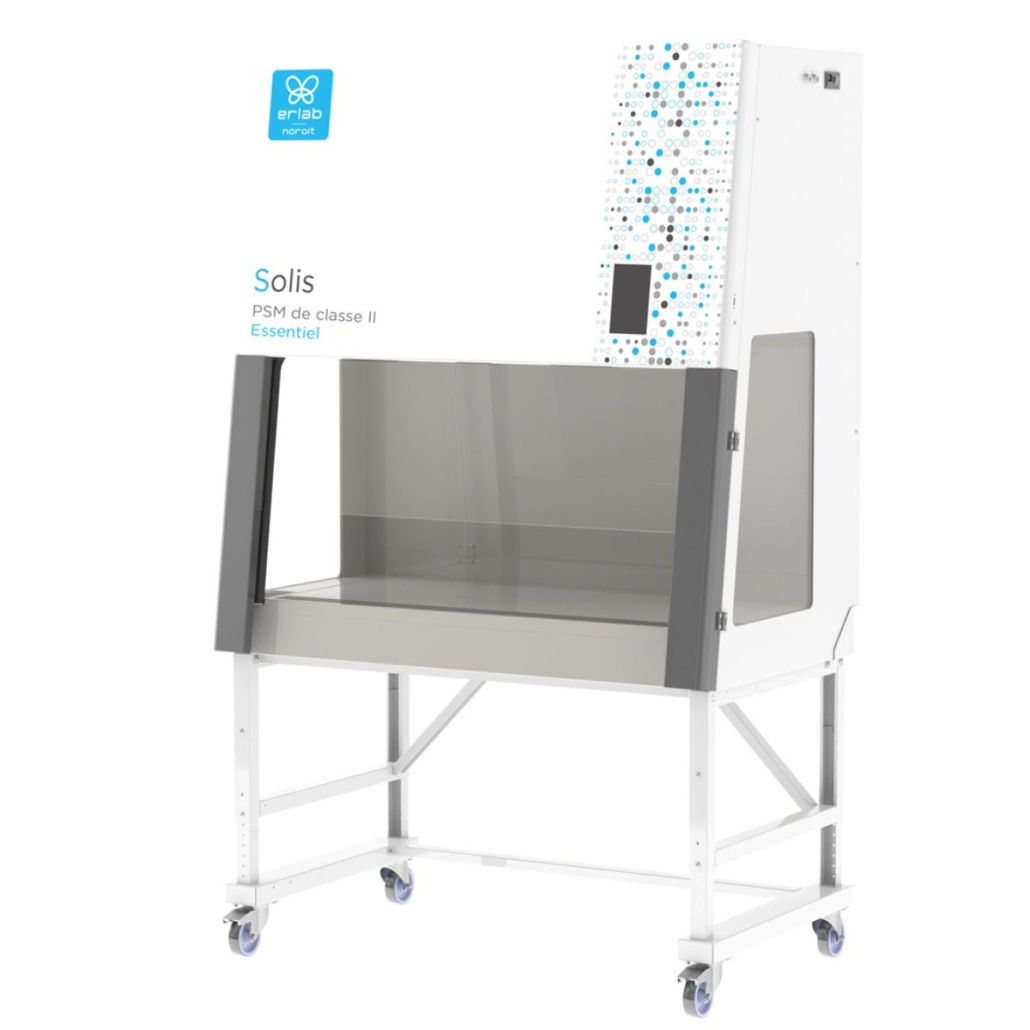

Class 2 BSCs protect the operator, their environment, AND the sample.
This is the most used type of Biological Safety Cabinet in our microbiology laboratories.



BSC Class III
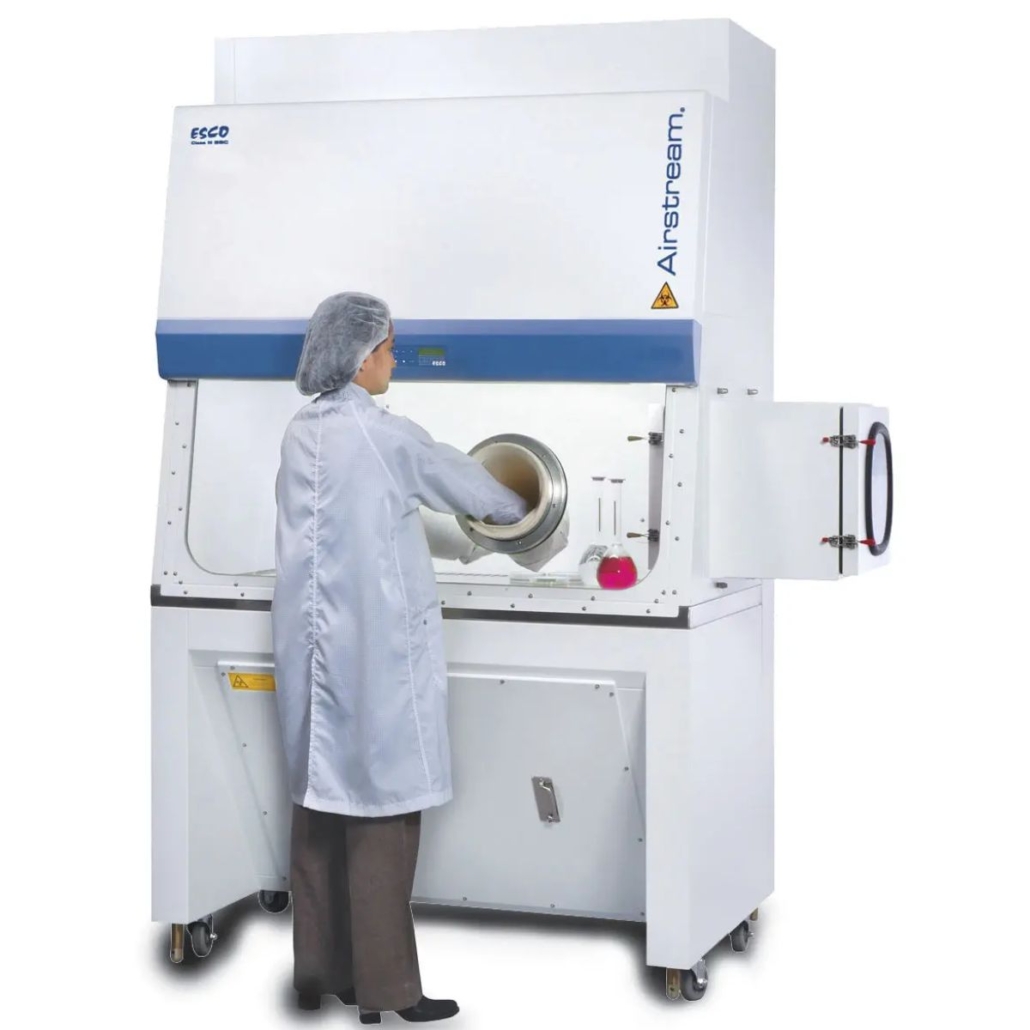

Class 3 BSCs allow for total containment of the sample.
Access to the work area is through sleeves, allowing for no direct contact with the sample.
Be careful not to confuse Class III BSCs with the isolators used in the pharmaceutical industry. In the case of the isolator, the protection of the sample is prioritized over the user (since the product is supposed to be sterile).


Laminar Flow Hoods




Apart from Bunsen burners and BSCs, microbiology laboratories also often use horizontal or vertical laminar flow hoods. In both cases, the goal is to protect only the samples and not the operator.
We will return to the differences between horizontal and vertical laminar flow hoods in an upcoming article.
And you, what type of BSC do you use in your laboratory?

















Leave a Reply
Want to join the discussion?Feel free to contribute!